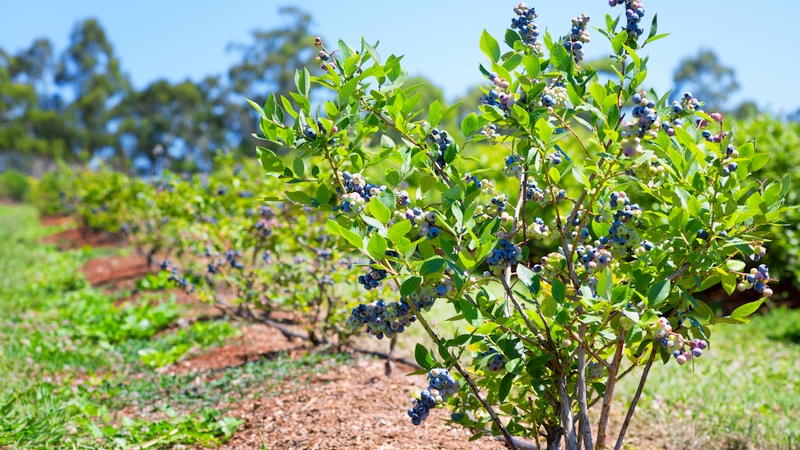Rising Back up to the Surface: Here Comes WOTUS Again
The Obama-era Waters of the United States (WOTUS) regulation that stirred much concern among agricultural interests seems to have gained new life under the Biden administration’s EPA and Army Corps of Engineers.
The definition of navigable water under Clean Water Act was cause for concern in the original WOTUS rule. Ag groups argued that the definition could be used to exercise more control over private property and farmland. There was talk of ditches and low spots suddenly falling under the jurisdiction of the Clean Water Act under the WOTUS rule.
The Trump administration calmed those fears with the effective repeal of WOTUS and the announcement of a new definition called the Navigable Water Protection Rule (NWPR). But in November, the Biden administration announced the pre-publication of a proposal to amend WOTUS, effectively abandoning the NWPR, if the rule is adopted.
According to the announcement by the agencies, the proposed rule defines WOTUS to include:
Traditional navigable waters, interstate waters, and the territorial seas, as well as their adjacent wetlands;
Most impoundments of “waters of the United States”;
Tributaries to traditional navigable waters, interstate waters, the territorial seas, and impoundments that meet either the relatively permanent standard or the significant nexus standard;
Wetlands adjacent to impoundments and tributaries that meet either the relatively permanent standard or the significant nexus standard; and
“Other waters” that meet either the relatively permanent standard or the significant nexus standard.
The American Farm Bureau was quick to make a statement critical of the move to restore WOTUS. Farm Bureau President Zippy Duval notes in a statement: “The American Farm Bureau Federation (AFBF) is extremely disappointed in the Environmental Protection Agency’s announcement of its intention to reverse the environmentally conscious Navigable Waters Protection Rule, which finally brought clarity and certainty to clean water efforts. Farmers and ranchers care about clean water and preserving the land, and they support the Navigable Waters Protection Rule.
“Administrator Regan recently recognized the flaws in the 2015 Waters of the U.S. Rule and pledged not to return to those overreaching regulations. We are deeply concerned that the EPA plans to reverse the Navigable Waters Protection
Rule, which puts the future of responsible protections at risk.
“We call on EPA to respect the statute, recognize the burden that overreaching regulation places on farmers and ranchers, and not write the term ‘navigable’ out of the Clean Water Act. On this issue, and particularly prior converted croplands and ephemerals, we also urge Secretary Vilsack to ensure that we don’t return to the regulatory land grab that was the 2015 WOTUS Rule.
“Clean water and clarity are paramount, and that is why farmers shouldn’t need a team of lawyers and consultants to farm.”
The Devil in the Details
Navigable water and land/water features near it (significant nexus) and whether they are “relatively permanent” are details that concern agricultural interests. If a feature on a farm is considered to fall under these interpretations under WOTUS, it could place the private property under the jurisdiction of the Clean Water Act.
While the Biden administration assures that agriculture will be spared burdensome regulation under WOTUS, legal analysis by JD Supra notes: “Ultimately, if the proposed rule is finalized, the result will be that features such as ditches, adjacent wetlands, and ephemeral streams — all features that had largely been non-jurisdictional under the NWPR — will be subject-
ed to these two standards and potentially jurisdictional.”
AFBF further notes: “Any attempt to regulate typically dry low spots on farmland and pastures as jurisdictional ‘waters’ would undeniably constitute overly burdensome regulation. As explained in AFBF’s recommendations, it would mean any activity on those lands that moves dirt could be subject to regulation. Everyday activities such as plowing, planting, or fence building could trigger harsh civil or even criminal penalties unless a permit is obtained. Federal permitting would require tens of thousands of dollars in additional costs, which is beyond the means of many farm and ranch families and can take years to obtain.”

The series of “Protecting Florida Waters” articles investigate how production practices, equipment, and technology are helping growers in the Sunshine State do more to protect water.









